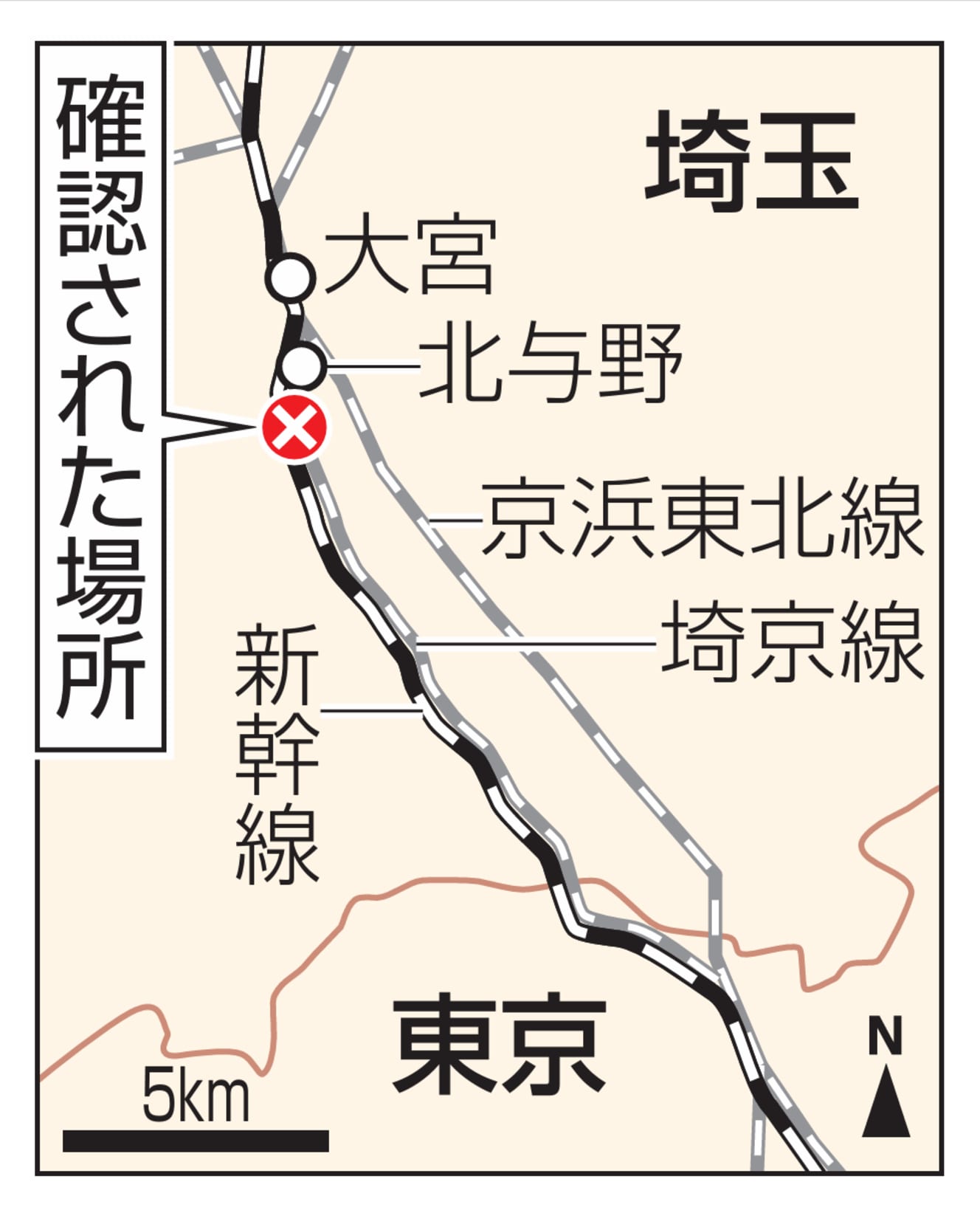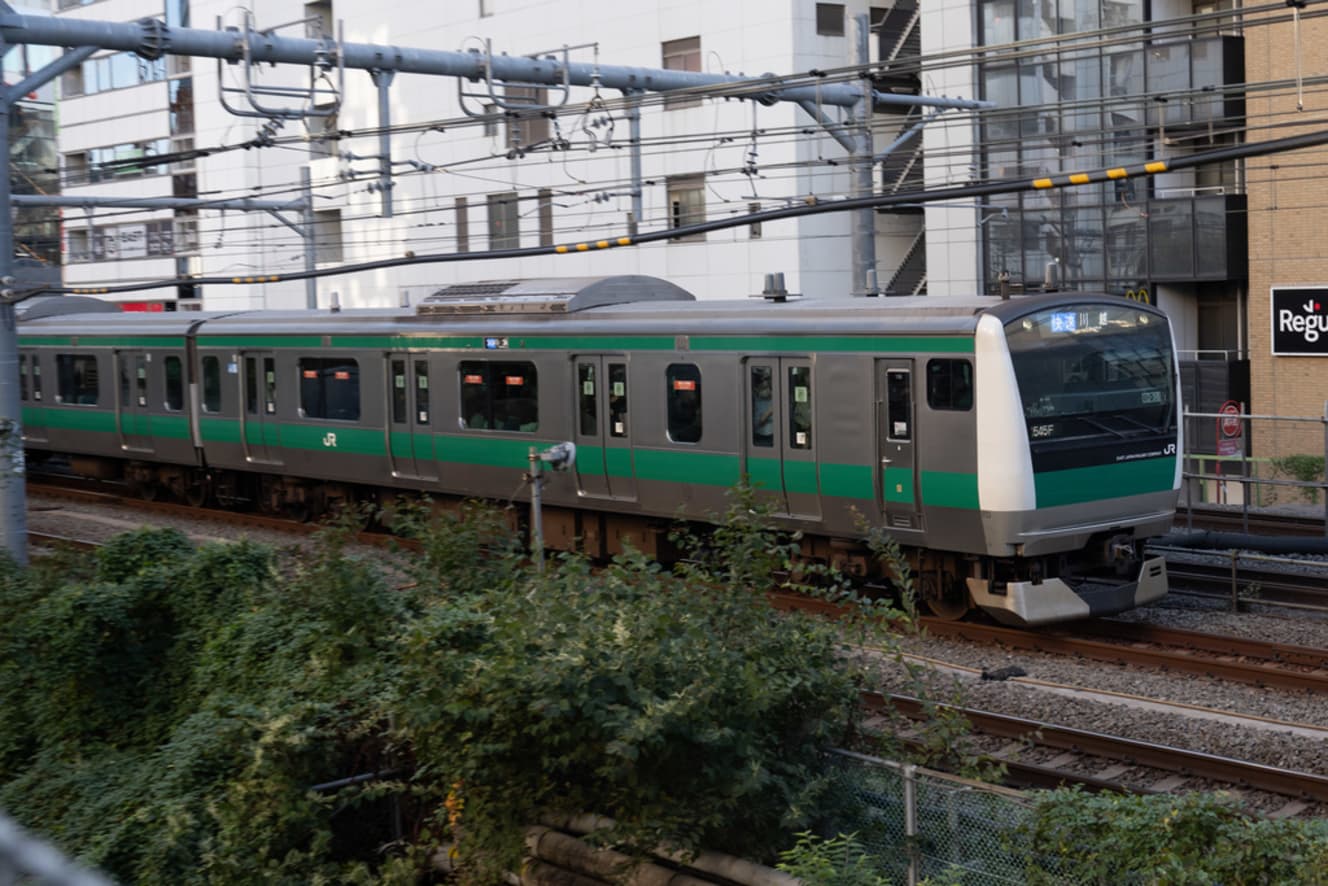Miscellaneous] The Saikyo Line was an “extra” for the Tohoku Shinkansen! What are the three “lines and stations that were created after much wrangling”?
The JR Keiyo Line has taken the unusual step of allowing some of its rapid trains and commuter rapid trains, which were scheduled to be discontinued in the March timetable revision this year, to remain in service due to local protests. The protests were particularly strong from municipalities in central Chiba Prefecture, such as Chiba City and Ichinomiya Town, where the commuter rapid trains had direct service from Tokyo. This kind of battle between railroad operators and local communities is not limited to the continuation or discontinuation of trains. In some cases, entire railroad lines are created.
The “Saikyo Line” was created during the construction of the Tohoku Shinkansen.
As its name suggests, the JR Saikyo Line is an artery connecting Saitama and Tokyo. This line was built in combination with the Shinkansen from Akabane to Omiya.
On January 23, trouble with overhead wires on the Tohoku Shinkansen between Ueno and Omiya had a major impact on all Shinkansen lines in eastern Japan. On the same night, JR East, in its haste to restore operations, took the step of temporarily suspending operations to the Saikyo Line, which runs parallel to the Shinkansen line at the site.
But why do the Saikyo Line and the Tohoku Shinkansen run parallel to each other? The answer lies in history.
Construction of the Tohoku Shinkansen and Joetsu Shinkansen began in 1971 on a section between Tokyo (Ueno) and Morioka/Niigata. The Tokyo-Omiya section, which runs through the urban area, was initially planned to be excavated underground from Akabane onward due to the difficulty of securing land, but the plan was changed to an elevated line. However, there was fierce opposition to the elevated line.
This was due to the fact that noise from the Tokaido and Sanyo Shinkansen lines became a social problem in the 1970s. In particular, the Shinkansen noise lawsuit in Nagoya City was fought up to the Supreme Court between the residents and Japan National Railways, and was finally settled with the setting of noise standards for the Shinkansen and the payment of a settlement to the residents. This situation led to a campaign of opposition by residents along the Tohoku Shinkansen line, who were concerned about the noise, and local governments became more aggressive, making it difficult for JNR to acquire land for the line.
JNR then turned its attention to alleviating congestion on the Tohoku Main Line and Takasaki Line in Saitama Prefecture, where murderous rush hours had become the norm. The idea was to build a new line between Omiya and Akabane that would run parallel to the Shinkansen to channel commuters from Saitama to Tokyo. Toda, Yono, and Urawa cities agree to this plan, and the Saikyo Line parallel to the Shinkansen is born.

Takasaki Line? Kawagoe Line? The destination of the Saikyo Line extension is also in doubt.
However, this is not the end of the matter. JNR was considering a site in Urawa City as a rail yard for this “new commuter line” (the Lotte Urawa Plant and the Urawa Stadium of the Chiba Lotte Marines second team were said to be candidates), but an agreement could not be reached. Out of necessity, the company was able to secure land near Minamikoya Station on the Kawagoe Line and open a garage there. Thanks to this, the Saikyo Line, which was originally planned to start near Miyahara Station on the Takasaki Line, became directly connected to the Kawagoe Line and operated all the way to Kawagoe.
Construction of the Saikyo Line and the Tohoku Shinkansen proceeded, and the Tohoku Shinkansen between Ueno and Omiya opened in March 1985, followed by the Saikyo Line between Omiya and Akabane in September, creating a new commuter line from Ikebukuro to Omiya.
Meanwhile, the local town of Miyahara requested the construction of a new railroad line to replace the Saikyo Line, and the New Shuttle between Omiya and Uchiyado was built in a manner similar to the Joetsu Shinkansen Line. The New Shuttle is a small train that runs alongside the Joetsu Shinkansen, which was supposed to be parted from the Saikyo Line.
Tennodai Station on the Joban Line,” where the rapid train stops, although there are few passengers during the daytime.
The Joban Line has a double-double track section from Tokyo to Toride Station in Ibaraki Prefecture, where rapid trains and local trains run. Tennodai Station, one station before Toride, is a stand-alone station with a platform for rapid trains. This station was also built as a result of a conflict between JNR and the local government.
When the Joban Line’s local trains and the subway’s Chiyoda Line started direct service in 1971, the double-decker line was extended to Abiko Station, and all local trains turned around at Abiko Station. Originally, trains arriving at and departing from Ueno also stopped at the stations where today’s “Ko-eki Kyosho” trains stop, but when the direct connection with the Chiyoda Line started, trains arriving at and departing from Ueno were reorganized as “rapid” trains, and the current configuration was changed to stop only at Matsudo, Kashiwa, Abiko, and Tennodai between Kita-Senju and Toride.
However, JNR originally planned to construct a double-double track to Toride, and to operate the Chiyoda Line’s direct local train to Toride. If the local train service was extended to Toride, Tennodai station was planned to be a station with only local train service, allowing rapid trains to pass through. The reason was that Tennodai was a new station, opened in 1971, with no transfer lines, and JNR did not think it would be sufficient to stop both rapid trains and nonstop trains.
However, the local city of Abiko protested. The JNR side agreed and added a platform, which was not in the plan, and even after the completion of the double-double track between Abiko and Toride in 1982, the rapid service was maintained at Tennodai Station. In return, however, the train only runs to Toride during the weekday morning and evening rush hours, and the Tennodai station platform is empty during the daytime. Nevertheless, for the area around the station, convenience was maintained by securing rapid trains to Ueno and Tokyo.
The Chuo Line stops at ……7 stations in succession even though it is a rapid train.
The problem of the “three Suginami stations” of Koenji, Asagaya, and Nishiogikubo, which are well-known halfway along the Chuo Line, is also complicated.
Unlike in central Tokyo, every station between Nakano and Mitaka has platforms for both lines, even though the Chuo Line (rapid trains) and the Sobu Line (local trains) run parallel to each other.
As of the prewar period, a double track was built from Tokyo to Nakano, and in the ’60s, a plan was made to extend this double track to Mitaka. In the 1960s, a plan was made to extend the line to Mitaka. The plan called for the rapid trains to pass through three of the stations along the way, Koenji, Asagaya, and Nishiogikubo, without having any platforms at those locations.
However, local residents objected to the plan when it was leaked to the public, and a compromise was reached whereby the rapid train would stop at all stations on weekdays and pass through three stations on Sundays (according to one theory, Ogikubo, which was already connected to the Marunouchi Line, was also planned to have the rapid train pass through). (One theory is that Ogikubo, which was already connected to the Marunouchi Line, was also planned to be passed by the rapid train.) This form of operation has continued even after the company changed from Japan National Railways to JR East.
Some users feel stressed by the fact that the rapid train stops at seven stations in a row from Nakano to Mitaka, but it is natural that the local residents of each station do not want to lose the convenience of the “rapid” stop.
This kind of problem often accompanies railroads. If a station close to the center of the city is given a high profile, the convenience of the distant lines will be compromised, and vice versa. Nevertheless, the Saikyo Line has improved commuting conditions in the northern Kanto region, and the stations in Suginami Ward, where the rapid trains stop, have also boosted the popularity of the Chuo Line as a whole, as subcultures flourish.
It seems that even the differences between railroad operators and local communities may come to fruition as a “byproduct” and bring benefits.
Text: Takashi Omiya Photo by: Kyodo News
